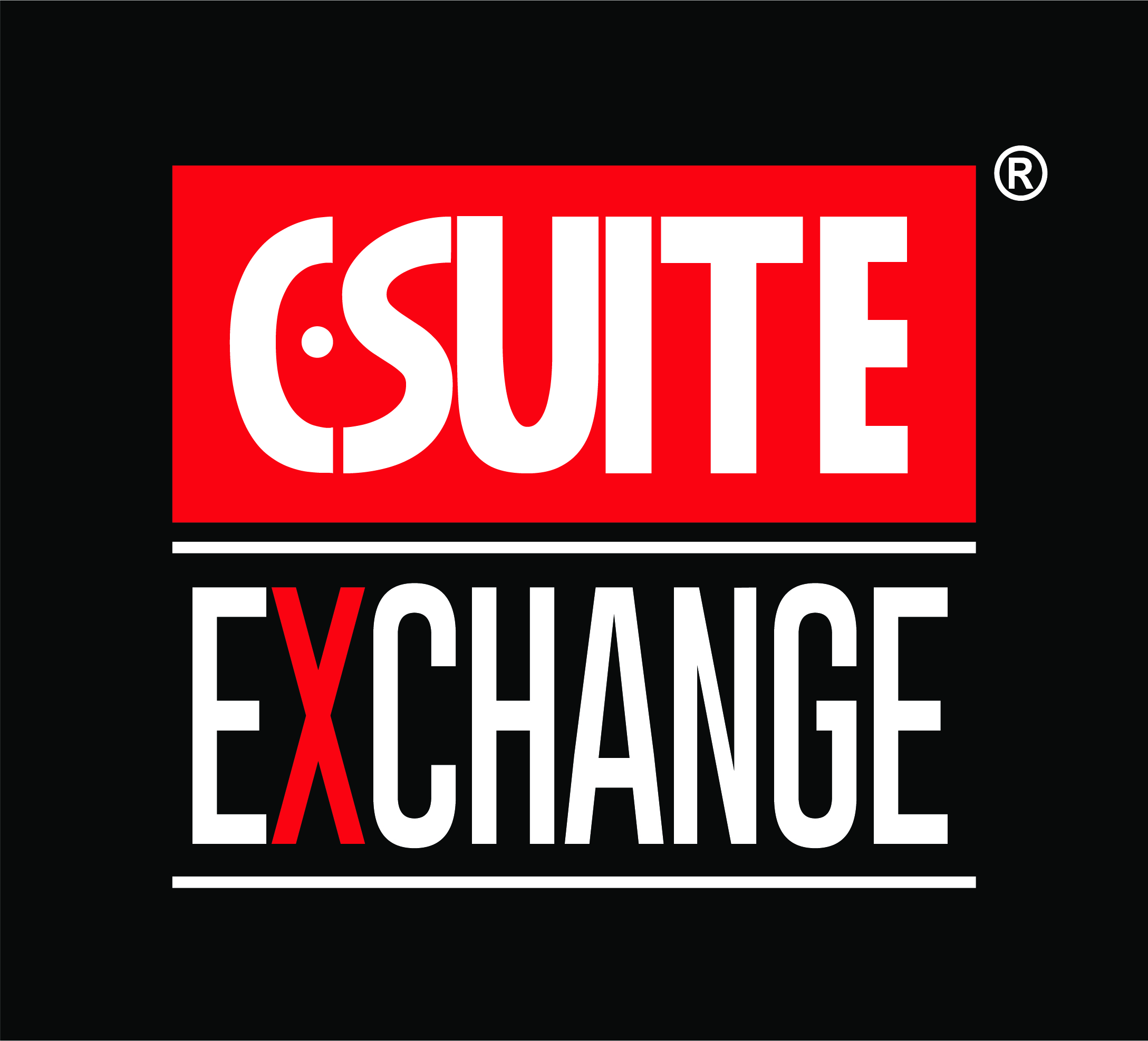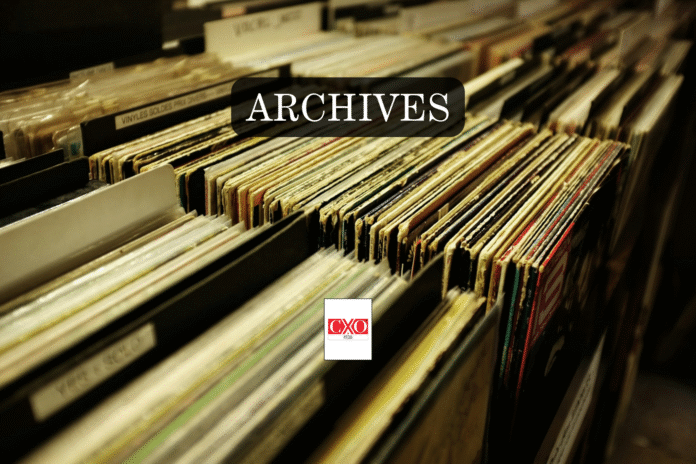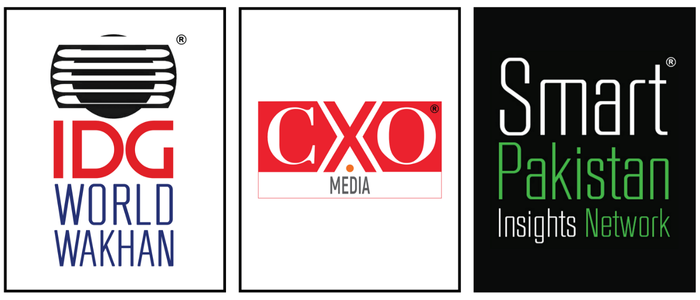With a large unbanked population of Pakistan, mCommerce might just be the answer to the prayers of companies that are trying to find ways to better server more than 62% of the Pakistani population. There is an obvious criteria that the 62% fail to meet when applying to be a bank customer, which microfinance makes possible. The ‘m’ in commerce makes sense if the micro payments of a large number can be made sustainable and convenient. You certainly don’t have to qualify to be of a specific sector to be able to benefit from the flexibility and mobility that mCommerce brings.
Bashir Sheikh, President and CSO of Innov8 says, “Mobile Commerce is not mobile banking. It isn’t doing any one transaction on a mobile phone and neither is it your run of the mill branchless banking. Mobile Commerce is any electronic transfer or transaction via the mobile phone where you can allow the payment of products and ensure the delivery of services.” And while this seems to be a really broad, almost vague definition of the term, it will help to explain things once you take a look at the wide spectrum of services you can have access to with mCommerce.
Currently in mCommerce, you can recharge or top-up any prepaid mobile phone connection. This includes a number of companies that will allow you to either recharge the airtime or even transfer the funds from another phone connection. But that’s just keeping the strength and power of the mobility and flexibility within the telecom industry. “It is our belief that you should not restrict any vertical from interacting with this media – it should be enabled across all industries.” comments Bashir.
What people are talking about is what most of us have already started to envision. Buy a bottle of water or groceries and pay for it through your mobile phone; not only book your airline ticket, which is already starting to take place, albeit in limited capacity, in Pakistan with companies such as Airblue, but also pay for it. “You should of course be able to access your bank account while you are on the go.” adds Bashir
Mobile Commerce is just one of those integral components that provide convenience and more flexibility to the end user, increasing accountability for sales and inventory in a very prompt manner. So take that monthly ration trip as an example and whip out your Makro membership card. Pick up 50 items, have a reader pick up its RFID tag which will be able to update the inventory and add to the historical data for a simple trends analysis. My cellphone could ideally be my point of contact with my all the products at Makro and I pass through the various aisles, based on my buying behavior, it could push special offers to my phone, keeping me informed with potential purchases based on my customized preferences.
Whether it’s a special day offer on 20% on Arial soap because that’s what I purchased in the 15 other shopping trips, or whether I had just had a birthday and might want to buy partyhats.
If you think about it, these “services” are already being pushed, to a certain extent, onto your ATM screen when you plug in your ATM card in the machine (or at least they are in the movie clips that NCR’s former head, Vaqar ul Islam used to use as demonstration for the potential of the ATM almost 8 years ago) but the mobile phone, coupled with the power of push technologies, changes all that. Sure this isn’t what mCommerce is about, but the fact that you already have the platforms in place to enable interaction with individual customers, the CRM is already in place for all this to happen quite seamlessly. Next step is for the financial transactions to take place on the mobile platform, which has already started in phases.
Collection of foreign remittances through the mobile platform could be a method for the Government to actually make the whole process easier. According to Wasif Mustafa, Director Marketing Development at Moblink GSM, “What makes the strongest case for the potential of mobile commerce to be realized in Pakistan is not the number of cell phone subscribers – it is also the lack of a solid banking infrastructure.”
Presently, the banks cater to less than minute percentage of the population. The number of cell phone subscribers is estimated at about 80 million people right now. Even if there are only a small number of active users, the 30 or 40 million people do represent a large number of that population which is ‘unbankable’.
According to a blog entry at the CGAP Technology Blog (technology.cgap.org), Kabir Kumar wrote an interesting entry about a pharmacy in a major slum in Karachithat has been in business for 30 years through two generations. In early February 2008, the pharmacy became an agent of a microfinance bank. The bank’s decision to create this agent is to some extent experimental. This location is just down the street from their branch and bank faces little competition from other providers – they are the only one in that part of the slum. They have equipped them with a GPRS point-of-sale device and some forms. The bank’s customers can come here to withdraw and make deposits, drawn down on their loans, repay loans and eventually pay utility bills and remit money. “The anticipated demand is high. Small business owners told me that an immediately accessible bank deposit service saves them time and gives them security when they have a lot of cash on hand.” writes Kabir.
He further writes that CGAP is supports the Tameer Bank in its work. “Agents and customers equipped with cards or cell phones are at the heart of what we call branchless banking. We were inspired by similar efforts in this part of the world, in Brazil, Colombia and in Africa and East Asia.”
Legislation obviously has a big role to play in how quickly mCommerce will spread, though one popular opinion makes you question why we need to wait for legislation beyond the security angle. With the element of convergence and expanse of competition that is making companies blur the lines between mammoth verticals telecom, media and financial institutions, how many revisions of a law can you hope to encompass every conceivable possibility wonder if you really need to wait for the legislation to make the growth happen.
According to CGAP and the author, in setting up this agent location, this Pakistani bank has already learned that their set up cost is a fraction of that of their branch (1/30th) and they anticipate running costs to be even cheaper (1/100th). The bank will open agent locations further and further away from its branches. For remote rural areas, it will partner with a postal network, a government run food distribution system, and the direct distributors of one of the major telecoms.
Micropayments are possible. mCommerce is already happening in bits and pieces. The small exercise extract taken from CGAP’s archives, has a large message attached to it. A large, unbanked population, will have access to limited funding and fund transfers with the flexibility they need to be able to conduct their business. With the right checks and balances in place, a lot more people will be able to move smaller quantities of payments a lot quicker through the telecom infrastructure.





